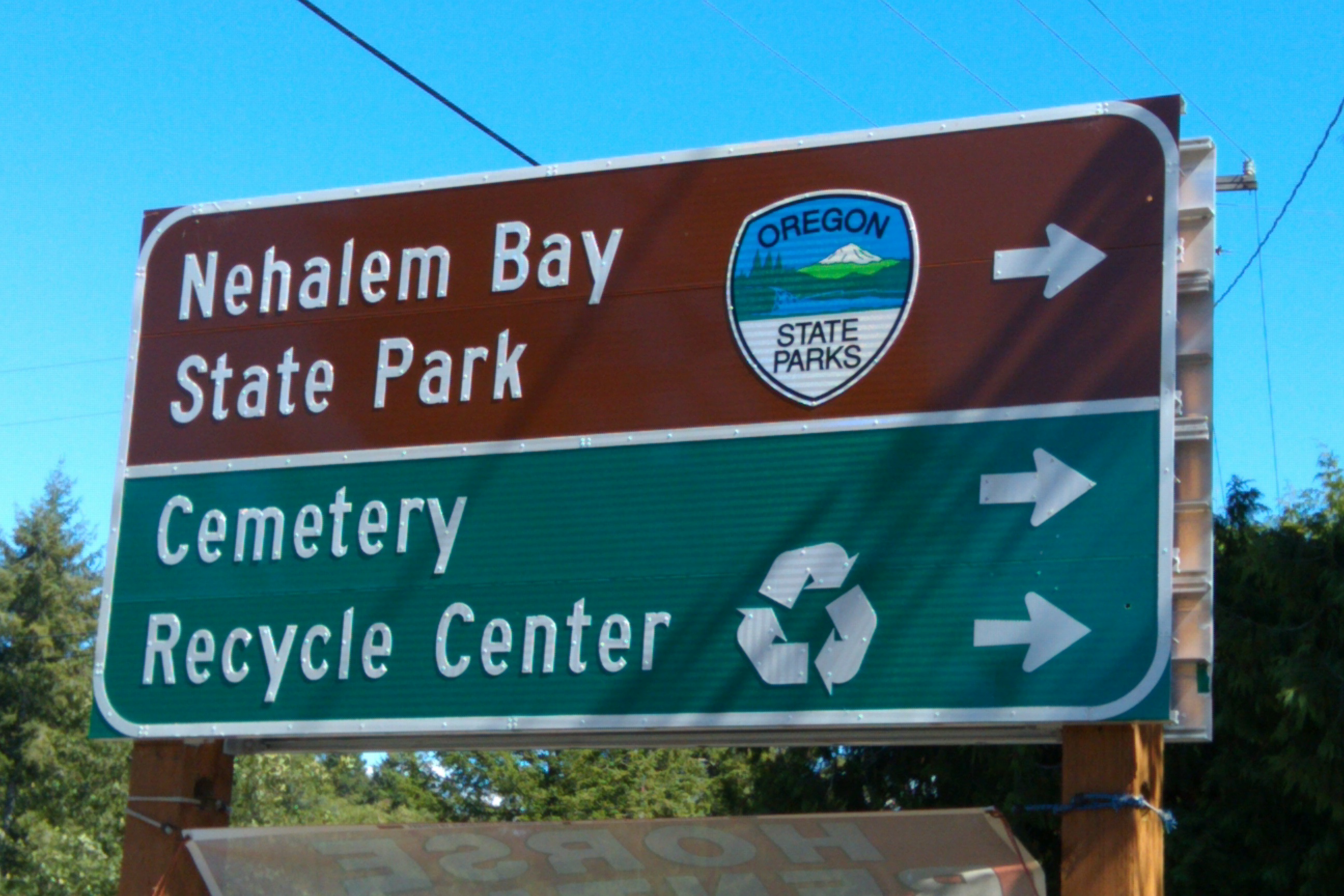Many, many, many times I’ve been told to not begin sentences with “and.” Or any other conjunction, for that matter. It’s one of two rules people remember from high school English class (the other being never to end your sentences with a preposition).
Both are nonsense.
Winston Churchill famously disabused us of the latter with “This is the sort of English up with which I will not put.” As for the former, I’ll let the late William F. Buckley, Jr. clear things up a bit.
To a correspondent who wrote in to say “Don’t start a sentence with ‘and,'” and then wondered “just how good (or bad) your high school was,” Buckley shot back a terse reminder that “verses 2-26 and 28-31, Chapter I, Genesis, all begin with ‘And.’ The King James scholars went to pretty good high schools.”
Touché.
What’s more important than scoring a cheap debating point, however, is to consider how Buckley explained his position to a subsequent correspondent:
“But my point wasn’t that the King James scholars correctly translated from the original, rather that they were the most influential writers in English history. The general rule is not to begin a sentence with “and”; the particular rule is that writers with a good ear know when to break the general rule.”
So here’s a rule worth remembering: Let your ear be your guide.
And don’t, warns Paul Brians, Emeritus Professor of English at WSU, confine English usage in a logical straitjacket.
posted by: Aaron Bragg | category: the writing life | comments(2)

